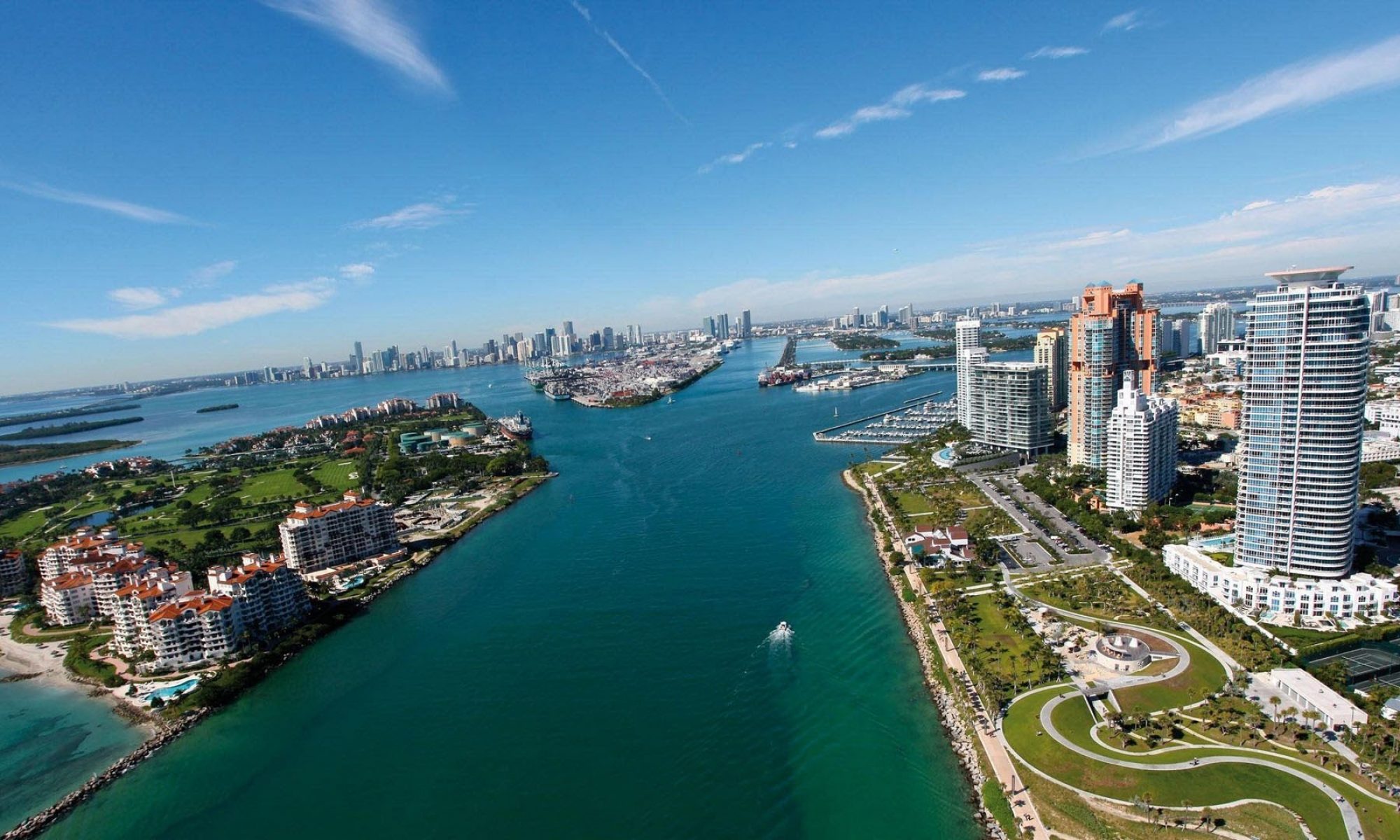Low interest rates imposed by the European Central Bank have made the European real estate market surge in foreign investments in recent years. The artificially low rates deem stocks risky and bonds expensive, nudging people to real estate investments instead. Additionally, momentum on real estate prices has occurred amidst quelled concerns regarding a rise in European populism, pricing in political stability and success of the Eurozone’s economic recovery.
CBRE Group analyzed investor’s preference for the European market and attributed it to widespread attractive Sharpe ratios, liquidity, transparency, and strong economic fundamentals growing rental value in the area.
In these flourishing market conditions, Germany emerges as a hotbed for real estate investments, while ongoing Brexit negotiations have seized London’s long-established place at the top.
The European real estate transaction volume has been experiencing steady demand and shortage of supply. Yet it is the new market trends are hidden within the promising industry performance; investments in alternative real estate (e.g. datacenters) are benefiting due to urbanization and changing consumer habits of e-commerce. Per the Global Alternatives Survey 2017 produced by Willis Towers Watson, investments in alternative assets have hit $6.5 trillion for the first time, with real estate managers managing the largest share of assets at 35%. While the report cautions investment strategies on debt leverage, European investment are regarded as safe for “as long as prolonged deflation can be avoided.”
Keith Knutsson from Integrale Advisors commented on the growth of alternative assets, stating that “for investors to continue locking-in alpha opportunities in a capital-filled, low supply market, new forms of alternative assets are vital.”
